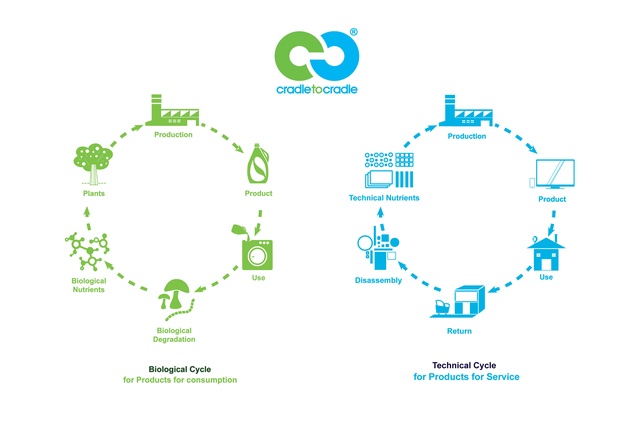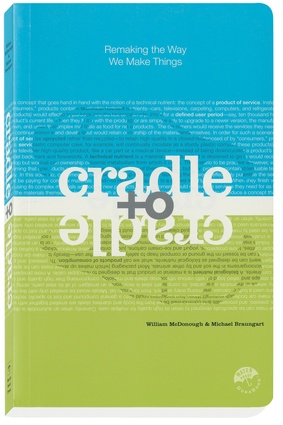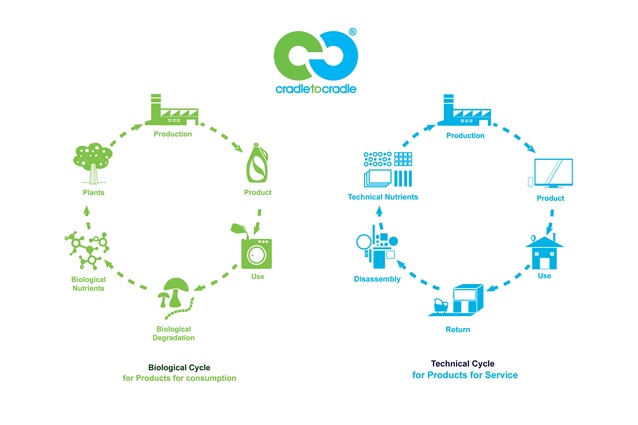Leading the Industrial Re-revolution
Partner content: Climate Take Back is resilient flooring company Interface’s global response to climate change. It involves a commitment to lead and inspire the industry by running its business in a way that creates a climate fit for life. The mission involves four pillars: Live Zero (zero negative impact), Love Carbon (see carbon as a resource), Let Nature Cool (support the Earth’s ability to cool itself) and Lead Industrial Re-revolution, which is the focus of these pages.
What is the Industrial Re-revolution?
Industry has progressed us forward as humans but the implications for the environment have been detrimental at best. The idea of the Industrial Re-revolution is to acknowledge the fact that industry is necessary for the way the economy works in the human world but to explore new ways of making it work that do not cause harm and, in fact, drive positive change for the Earth.
In order to meet the carbon emission targets needed to combat catastrophic climate change, the corporate sector must change the way it works. A key way for corporations to ensure they stay within carbon emission targets is through the use of organisations such as thinkstep, which helps to assess a company’s environmental footprint and set a clear pathway for sustainable growth with a reduced impact on the Earth.
Companies can also become members of the Sustainable Business Council, which helps them learn from one another about innovations in their industries. For those of us in the business of interiors and construction, we play our part by supporting companies which create sustainable products that help us to create sustainable buildings.
The re-revolution follows similar principles to those espoused in the book Cradle to Cradle, which was published in 2002 by chemist Michael Braungart and architect William McDonough.
They use the example of the cherry tree, which creates a lot of waste in the form of blossoms but very few actual cherries. However, the waste it generates is not harmful – it falls under the tree and helps the tree grow. Similarly, if the waste a product or a building creates is useful and feeds into some other cycle, then the waste ceases to be a problem.
To make this work in our current industrial climate takes a change in thinking, a revolution, which is what we are seeing in the creation of corporate headquarters buildings, such as Fonterra and the North Wharf building in Wynyard Quarter, which are designed to be environmentally friendly.
Jeff Vickers
Technical director, thinkstep Australasia

Tell us a bit about thinkstep and the work it does.
Jeff Vickers (JV): Thinkstep Australasia works to enable companies to succeed sustainably. We are locally owned and part of the global thinkstep group. We started out doing life cycle assessment (LCA) in the early 1990s. LCA looks at the full environmental performance of a product or service, or even of a whole company. This is called either cradle to grave, if you are looking at the ‘take, make, waste’ linear model of the economy, or cradle to cradle, if you’re talking about how you can design products for a circular economy.
Our work involves taking a systems-based approach, thinking about products and systems as a whole and focusing on the needs they meet and the functions they fulfil. If you think about a paper towel that dries your hands, for example, you don’t need a paper towel, you need dry hands, so it’s about looking at other ways to achieve that.
Can you tell us a bit more about the idea of cradle to cradle manufacturing?
JV: The idea, which was introduced by the book of the same name, is to do more good rather than do less harm: to focus on the positive aspects of what you can do. Everything flows in cycles: one is biological, so that is where your food waste or your paper towels can live; the other is technical, where you design products with materials that can be reclaimed or recycled easily at the end of life and turned into something of equivalent quality. A lot of recycling at the moment is actually down-cycling, as the product made from the recycled material often has no use once its life is over. The intention is to build value back in.
And what are EPDs?
JV: We produce Environmental Product Declarations (EPDs), which are like nutrition labels for products and give you the carbon footprint, water footprint, embodied energy and other environmental credentials. We work with Fletcher Building business units and New Zealand Steel, for example, on their products. There is also Cradle to Cradle Certification, which is relatively new and is another way of ensuring the products you use are sustainable.
What are some examples of companies that use your service?
JV: We work with Sanford, Dulux, Fisher & Paykel Healthcare, Interface, Meridian and Lion – a lot of big companies – but also some smaller companies, such as David Trubridge, which are passionate about the environment. For these sorts of companies, it’s more about helping with the implementation than the vision.
So, for example, David Trubridge used to ship all its lights fully assembled. The company conducted a study and found the environmental impact of that shipping was huge so it decided to go with flat-pack. Part of the reason was the transport impact but also, if you put a product together, you love it more and might keep it longer; this is important to David himself, who tries to design for longevity and avoid fast fashion.
He and his company looked at the footprint of manufacturing in Europe but it was basically on par with manufacturing the products here, despite the carbon footprint of transport, because of the renewable electricity in New Zealand.

The Sustainable Business Council
The Sustainable Business Council (SBC) is a membership organisation for businesses who want to move readily into working sustainably. Members are able to work with and learn from each other, attend workshops, and gain knowledge on overseas learnings and the achievements of other members.
Executive Director Abbie Reynolds says the goal of the SBC is to help businesses be the best for New Zealand. “The impact we hope to have is to make sustainability mainstream in all New Zealand businesses. We want to make sustainability inspirational and aspirational, and we do that through sharing the stories of the great work our members are doing. People want to feel like they are part of a movement for change, so they can network and learn from each other and, potentially, collaborate and find ways of getting there more quickly. The way we try to do all this is by raising the floor so, where there are opportunities to set some minimal standards around sustainability, we’ll do that.”
In terms of the construction industry, Reynolds believes the ambition has to be there to inform the need for innovation. “We won’t get a net positive construction industry until people feel there are good reasons to innovate to get there. We are starting to achieve real movement in that direction now. Some of the conversations I have had with developers about their builds lately have been around looking to the future. The government says it is intending to be carbon zero by 2050. Your building will exist in 2050 so how are you building it now to make sure there are zero carbon emissions by that date? It’s encouraging people to think in those sorts of ways.”
Interface
Interface set itself an ambitious goal to be net zero by 2020. Its full product range is now carbon neutral with net zero carbon emissions across the entire life cycle of every product.
Using bio-based and recycled raw materials, it has developed the world’s first carbon-negative carpet tile: a product that removes and stores atmospheric carbon during its manufacture. This is key to reversing climate change. This year, the company announced it will be carbon negative by 2040.
Interface has shown that industry can work with nature not against it and, by sharing
its innovations and learnings, it is leading the Industrial Re-revolution. There is the hope that Interface’s methods will inspire others to follow suit.
ArchitectureNow works with a range of partners in the A&D supply sector to source appropriate content for the site. This article has been supported by Interface and first appeared in Interior magazine.












